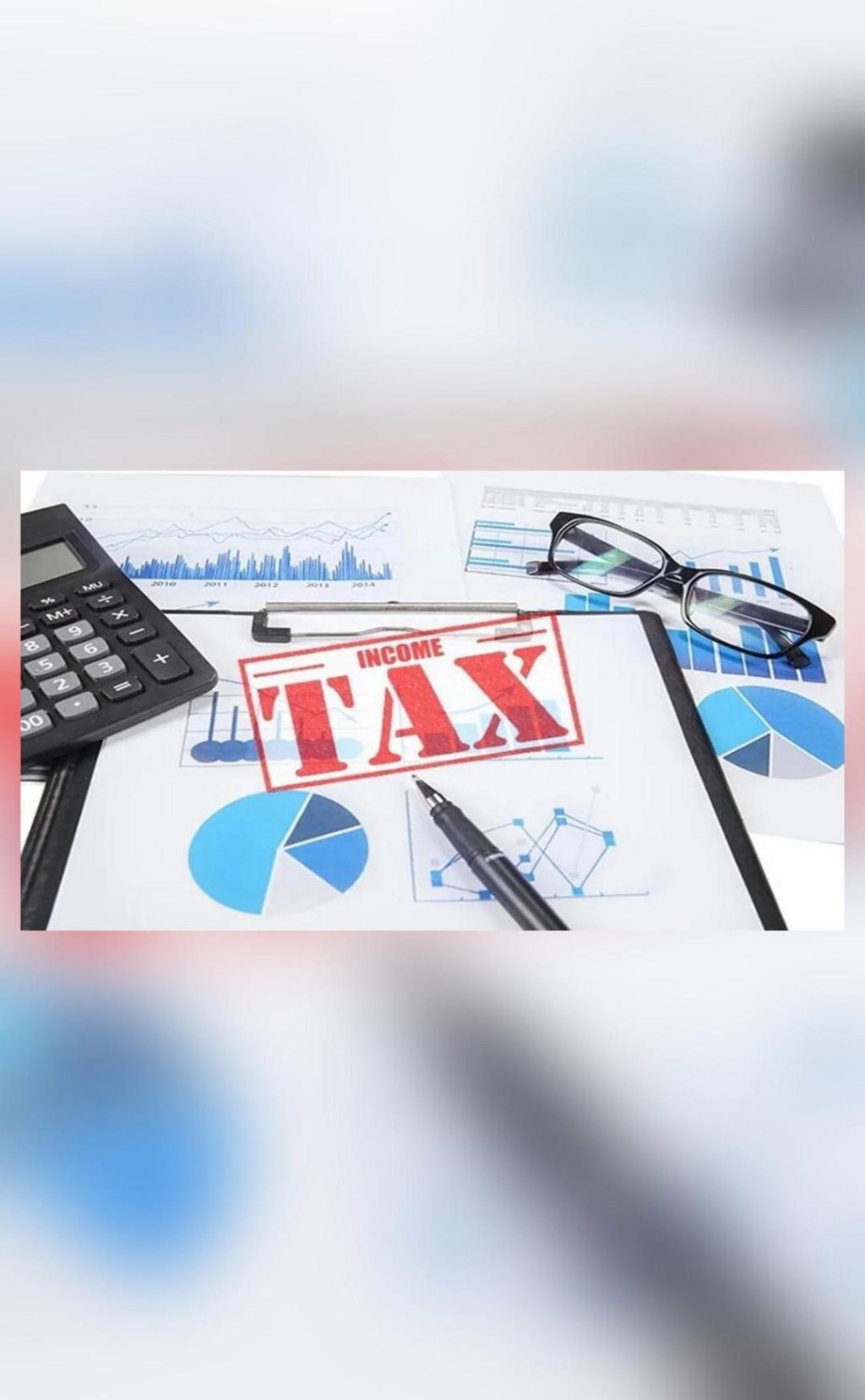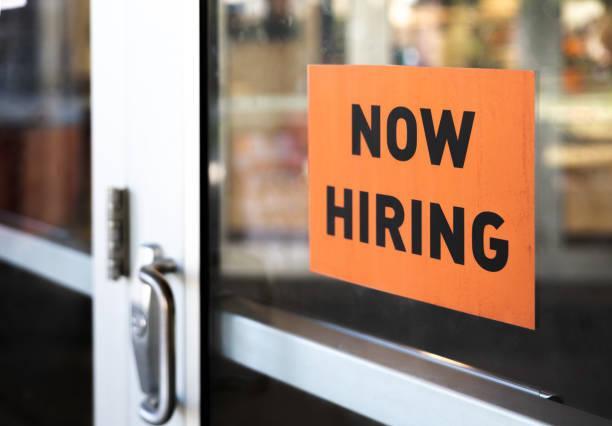
How long does it take to get a tax refund & when is it applicable?
As the deadline for filing Income Tax Returns (ITRs) for the financial year 2024-2025 approaches, many taxpayers are eager to know when they can expect their tax refunds. In this blog post, we will explore the eligibility criteria for tax refunds, the process of receiving refunds, and how long it typically takes for the IT department to process refunds.
When is a tax refund applicable?
A tax refund is applicable when the tax amount paid is more than the total tax liability based on one’s income in the financial year. In other words, if you have paid more taxes than you are actually required to pay, you are eligible for a refund. This is a great opportunity for taxpayers to get a portion of their hard-earned money back, which can be used to pay off debts, invest in other financial instruments, or simply save for future expenses.
How to receive a tax refund?
To receive a tax refund, taxpayers must e-verify their ITRs. This is a mandatory step that ensures the authenticity of the ITR and helps the IT department to process refunds quickly and efficiently. After e-verification is completed, the IT department takes about four to five weeks to process the refund.
How long does it take to get a tax refund?
The time taken to process a tax refund can vary depending on several factors, including the complexity of the ITR, the volume of refunds, and the efficiency of the IT department. However, as mentioned earlier, the IT department typically takes about four to five weeks to process refunds after e-verification is completed.
It’s worth noting that taxpayers can track the status of their refunds on the income tax department’s website. The website provides a refund status tracker that allows taxpayers to check the current status of their refund, including whether it has been processed, dispatched, or credited to their bank account.
Tips to expedite tax refund processing
While the IT department takes about four to five weeks to process refunds, there are several steps that taxpayers can take to expedite the process:
- E-verify ITRs promptly: E-verification is a critical step in the tax refund process. Taxpayers should e-verify their ITRs as soon as possible to ensure that their refunds are processed quickly.
- Provide accurate bank account details: Taxpayers should ensure that their bank account details are accurate and up-to-date to avoid any delays in refund processing.
- Choose the correct refund mode: Taxpayers can choose to receive their refunds through a bank account or via a demand draft. Choosing the correct refund mode can help to expedite the process.
- Avoid errors in ITR: Taxpayers should ensure that their ITRs are free from errors and discrepancies to avoid any delays in refund processing.
Conclusion
A tax refund is a great opportunity for taxpayers to get a portion of their hard-earned money back. To receive a tax refund, taxpayers must e-verify their ITRs, which typically takes about four to five weeks to process. By following the tips outlined in this blog post, taxpayers can expedite the tax refund process and receive their refunds quickly and efficiently.
Source:






